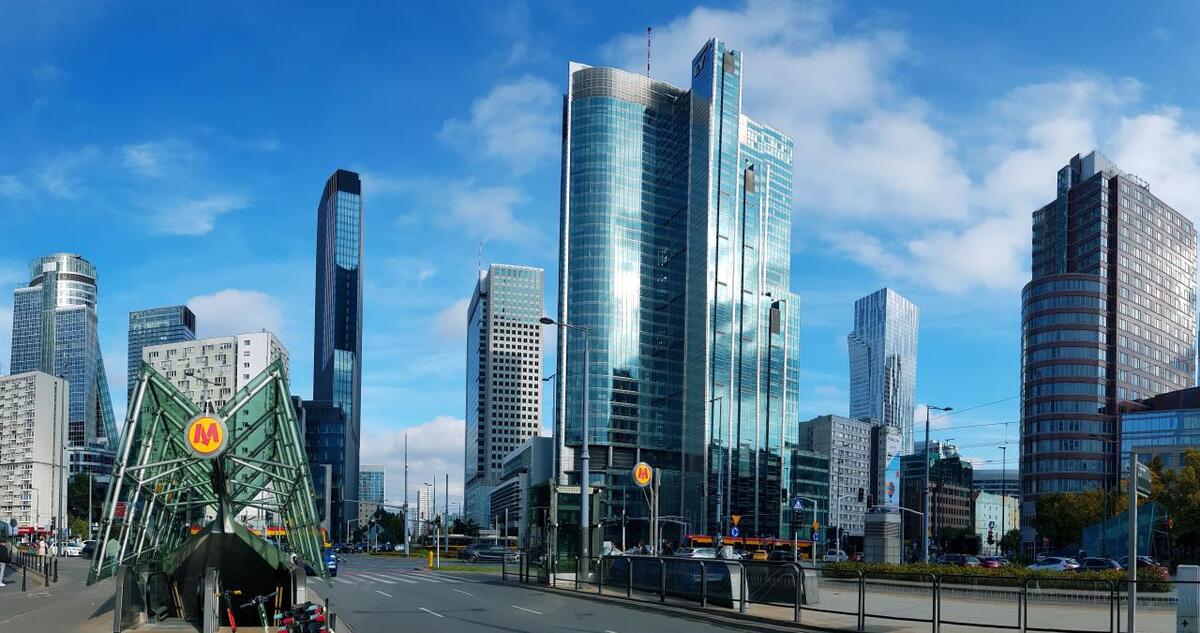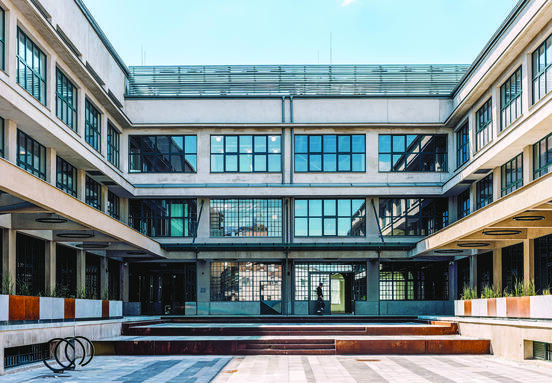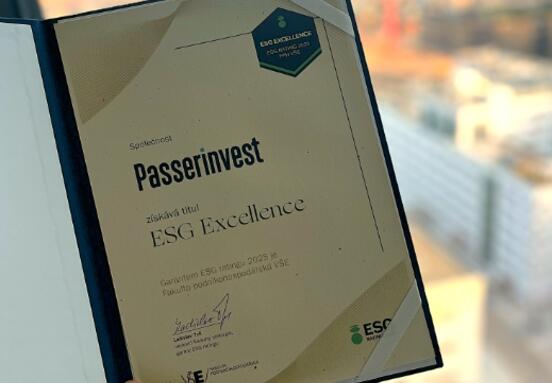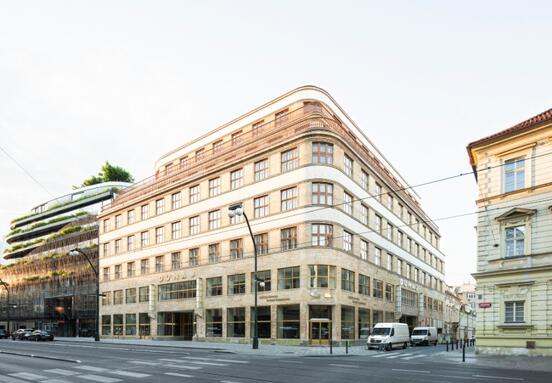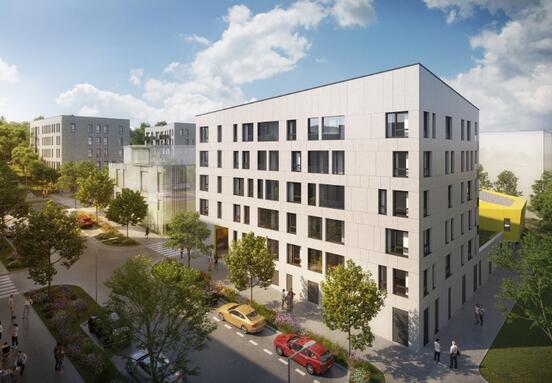Main conclusions of the study
Offices
In 2022, a low level of new supply of office space was recorded in most Central and Eastern European countries. The exception is Poland, where newly completed premises have changed the balance of power on the market. For the first time ever, the total supply of modern offices in the 8 main Polish local markets exceeded the supply level in the capital city of Warsaw by a full 200,000 m².
The demand for offices in the entire region of Central and Eastern Europe reaches the level of the previous year, for example in the Czech Republic the volume of gross demand reached a total volume of over 500,000 m². Flexibility remains an increasingly important topic for the Slovak office space market. Tenants place much greater emphasis on shared workspaces and common areas, which subsequently allows them to reduce the total leased area by up to 20-30%.
Retail
In most countries in the region, attendance and turnover in shopping centers have returned to pre-pandemic levels. Retail did very well in Bulgaria, with business parks expanding and shopping centers maintaining their position. The retail sector also prospered in the Czech Republic, where shopping centers showed very good resistance during the pandemic and were able to recover very quickly after the pandemic restrictions were lifted. In Hungary, on the other hand, there was a noticeable decrease in interest in high street fashion stores, mainly due to reduced tourism during the pandemic. Recovery here will require more time.
In Poland, the trend of an increasing share of shopping parks in the total volume of new commercial real estate continues. Developers focus mainly on smaller projects in smaller cities.
Industrial real estate
2022 was another good year in terms of demand levels. Rents in this market segment have increased in all CEE countries, but remain competitive compared to Western European markets. The vacancy rate in most CEE countries remains at a very low level (< 5.0%). In the Czech Republic, despite the increased supply of new warehouses, the vacancy rate continued to decrease and at one point even reached a national average below 1%. This is because virtually every completed warehouse is already pre-leased, sometimes with a reserve for possible expansion. Also in Poland, tenant interest in warehouse space remained very high in 2022, which shows that despite the rent increase, tenants and landlords were able to come to an agreement and adapt to the new market reality. In Slovakia, the industrial and logistics real estate market is increasingly oriented towards landlords. As construction costs rise, rents continue to rise and landlords lose the ability to guarantee rent.
Investment market
Compared to previous years, the volume of investments slowed down last year. The reason was increased financing costs, a smaller number of available projects and general uncertainty in the market. As part of investment transactions in the countries of Central and Eastern Europe, the growing importance of domestic capital was noted as a trend. In particular, investors from the Czech Republic, Hungary, Romania and Slovakia have proven that the key to success is knowledge of the local market and presence on it. Approximately 35% of the investment volume came from investors from Central and Eastern Europe. Poland increased its share as a key market in the CEE region with more than 50% of the total transaction volume. A correction in asset prices compared to pre-war levels creates attractive market opportunities for investors. We expect a further inflow of capital from Romania, the Baltic States, the Czech Republic and Hungary.
